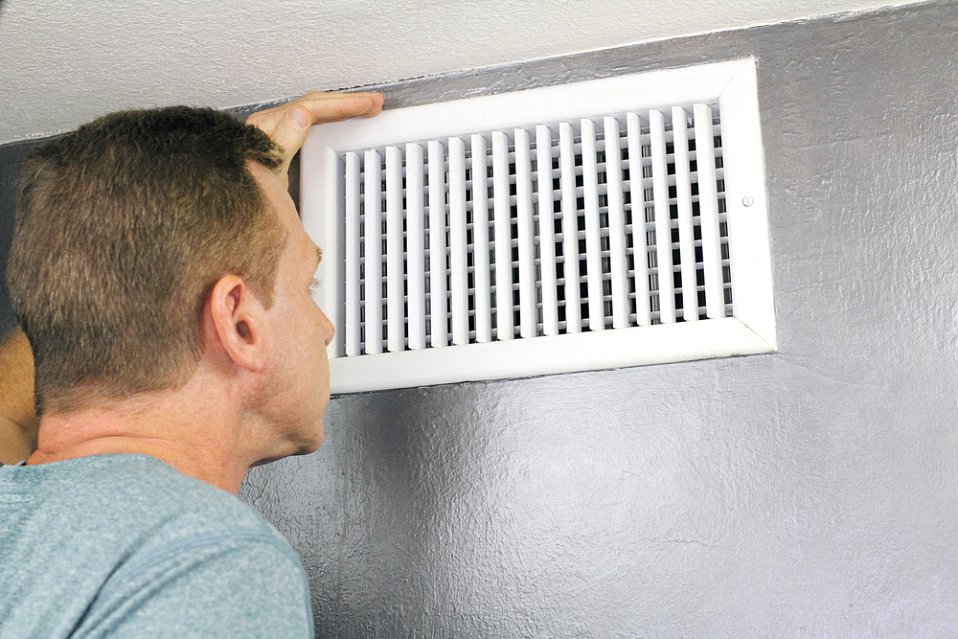If you’re a homeowner, you may feel as if large appliances and systems all break at the same time. Well, a lot of them feature similar inner workings, which gives them a similar life. So, if you bought and installed these appliances around the same time, they may reach the end of their life span around the same time — thus propagating this cycle.
Your HVAC system provides essential services for your home. So, you’ll want to keep the units in good working order. Find out the average life expectancy of your HVAC units and ways to extend that time period here.
Central Air Conditioner: 10–15 Years
Cooling your home is important in the hot months. Turning on the AC unit and getting nothing or getting end-of-life sounds from the unit is more than unpleasant. In fact, an overly hot home can have significant health risks for infants and the elderly. So, to prolong the 10-to 15-year life span, or at least get to the 15-year mark, perform some yearly maintenance on your unit. One of the most important tasks is to replace the air filter every season — every month is even better. Another maintenance task for the air handler, or inside unit, is to clean the evaporator coil as needed.
The outdoor unit requires more attention because it’s exposed to the elements. Before working on the outdoor unit ensure the power to the unit is turned off. You’ll want to remove the fan cage from around the unit and clear away any debris. Give the interior of the unit a good dusting. You can use a hose and soapy water to wash the cage, spraying the water from the inside out. Finally, use a butter knife to straighten the fins before putting the cage back on.
Furnace: 15–25 Years
On the other end of the spectrum, you have your heating unit. One such option for heating your home is a standard furnace, which uses fuel such as natural gas to heat the air. It then propels the heated air into your home.
Furnace maintenance is similar to air conditioner maintenance in that it mostly involves opening up the unit and making sure the components are clean. Remember before working on the furnace ensure the power to the unit is turned off. In this case, you can use a vacuum to remove dust and debris, though a soft cloth along the inner workings won’t hurt. Likewise, as with
the AC unit, you want to replace the air filter, at least seasonally, if not monthly.
With the furnace, you do have a couple other steps. For one, you’ll want to check on the blower and its fan belt. If it looks loose or worn, you should probably replace it to prevent a future repair. Likewise, the blower may feature ball bearings that need to be lubricated. That task is usually only for older furnaces.
Heat Pump: 10–30 Years
Another method of heating your home is a heat pump. The wide range in lifespan is due to the different kinds of heat pumps — geothermal units have the greatest longevity. You might also have an air-source, ductless mini-split, or absorption heat pump.
As with an AC unit or furnace, cleaning and changing of the air filter are the two main tasks. During the winter, plan to change the filter every month, less so when it’s only used sporadically. The fans and coils inside the pump need to be kept clean, which is a yearly task.
For heat pumps, preventative diagnostics are an important aspect of prolonging their lives. You’ll want to listen to the system’s
operation. Rattling indicates loose parts that you can secure. Squealing or squeaking signifies an issue with the fan belt. You’ll
want to examine the fan and either adjust or replace it. If you hear grinding, the unit needs professional repair.
In fact, a yearly or bi-annual maintenance inspection from HVAC experts can significantly prolong the lifespan of your HVAC units. Keep your units in good working shape to avoid replacement costs.
Advanced Heating & Cooling can help you with maintenance, repair, and replacement.


